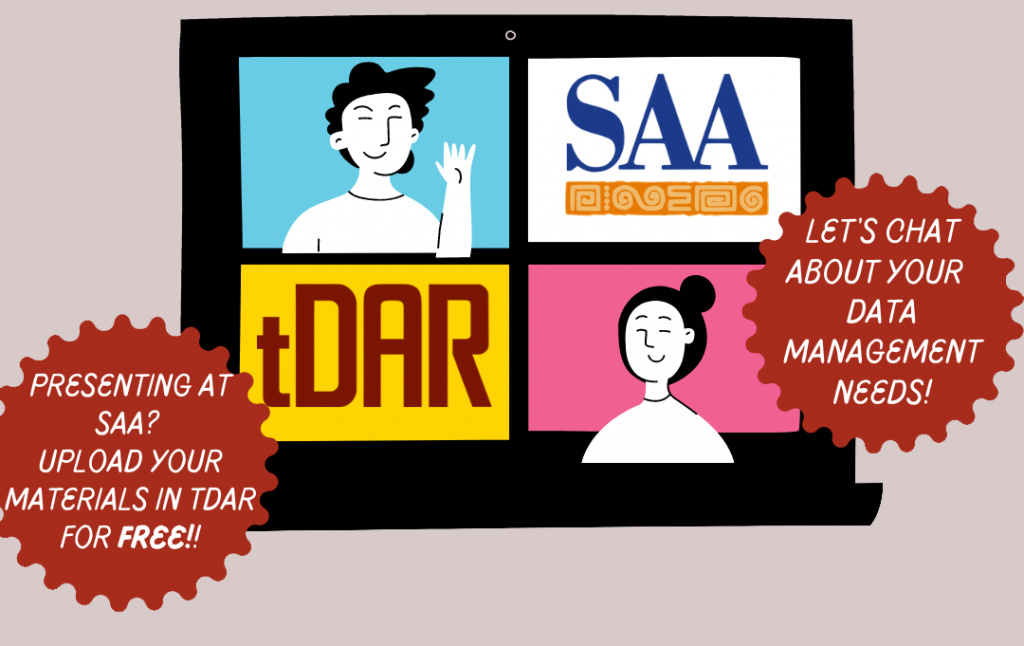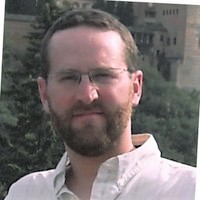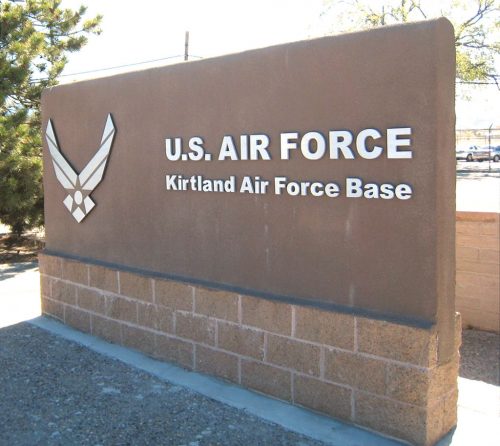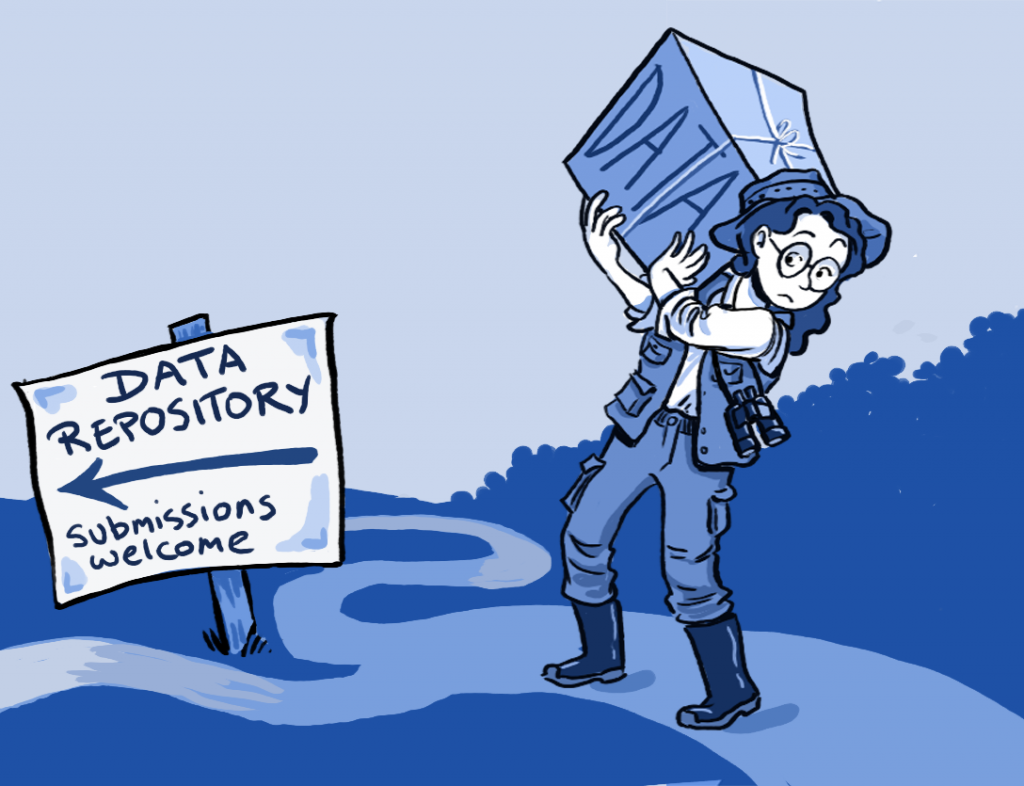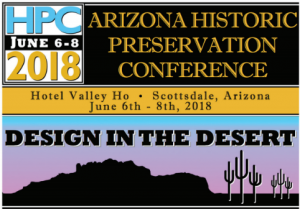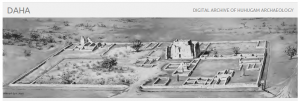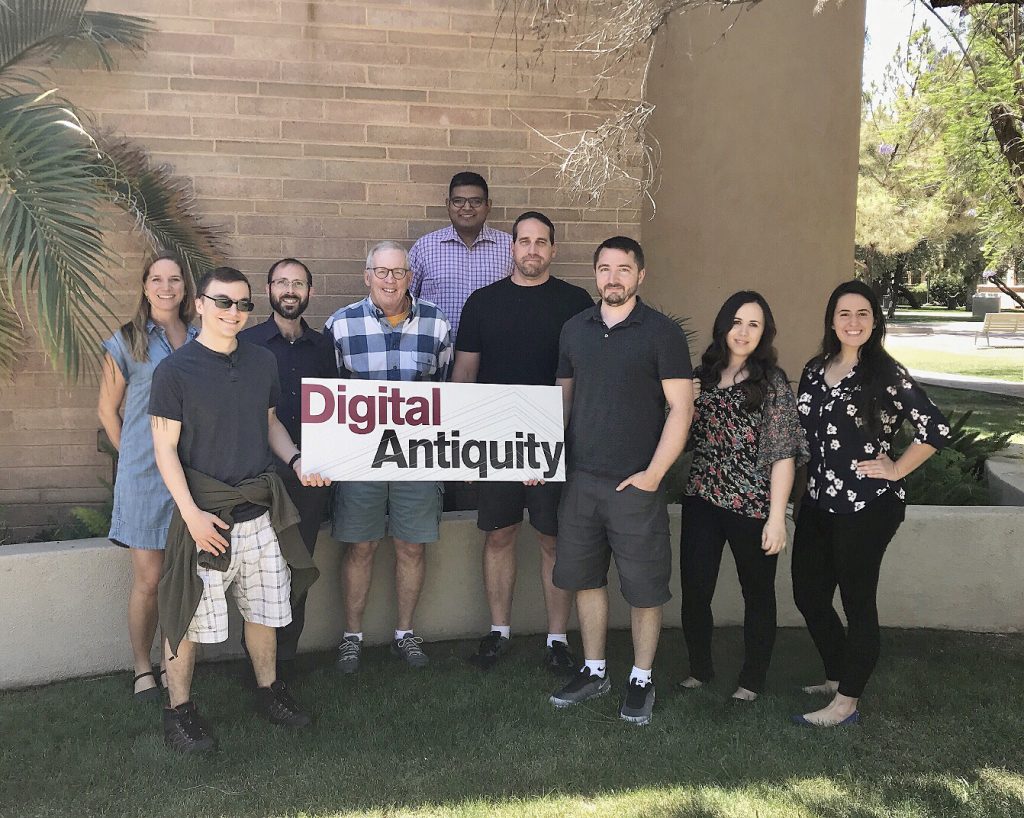
The 88th Annual Society for American Archaeology (SAA) meeting will be starting this week and Digital Antiquity staff will be in attendance, participating in a variety of forums and poster sessions in rainy Portland!
Digital Antiquity staff will also be on hand at Exhibit Hall booth #900 throughout the week, so be sure to stop by with any tDAR or digital curation related questions, or just stop by to say hi!
Make sure to follow us on Twitter @DigArcRec and Instagram at @digitalantiquity for up-to-the-minute tDAR news throughout the conference!
Thursday, March 30, 2023
- Digital Antiquity Booth
- Room: Exhibit Hall
- Booth #: 900
- Time: 9:00 AM – 6:00 PM
- Symposium: [19] Dedication, Collaboration, and Vision Part 1: Papers in Honor of Tom D. Dillehay
- Room: C124
- Time: 8:15 AM – 11:45 AM
- 10:15 – Rebecca Bria and Brian McCray—Scale, Interaction, and Society: Constituting Social Boundaries in the Northern Peruvian Andes
- Poster: [75] GIS and Spatial Analysis Part 1
- Room: Exhibit Hall A
- Post Slot #: 75-d
- Time: 4:00 PM – 6:00 PM
Friday, March 31, 2023
- Digital Antiquity Booth
- Room: Exhibit Hall
- Booth #: 900
- Time: 9:00 AM – 5:00 PM
- Poster: [124] The Importance of Ethical Archaeology
- Room: Poster Hall
- Poster Slot #: 124-m
- Time: 1:00 PM – 3:00 PM
- Annual Business Meeting and Awards Presentation
- Room: Ballroom 204 (OCC)
- Time: 5:00 PM – 6:30 PM
- Join in celebrating receiving the “Award in Excellence in Curations and Collections Management”
Saturday, April 1, 2023
- Digital Antiquity Booth
- Room: Exhibit Hall
- Booth #: 900
- Time: 9:00 AM – 3:00 PM
- Symposium: [170] A Tribute to the Contributions of Lawrence C. Todd to World Prehistory
- Room: C124
- Time: 8:45 AM – 12:00 PM
- 10:15 – Charles England, Ryan Byerly and Chris Nicholson – “Have You Ever Seen a Walrus in Nebraska?” Reflections on the Career and Contributions of Larry Todd
